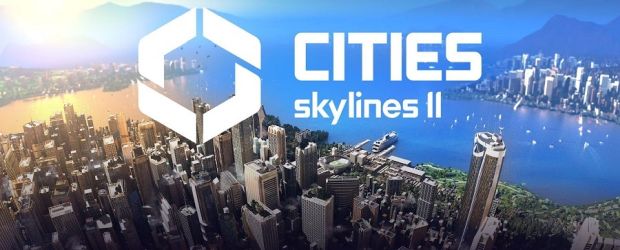Switch to: German
A mayoral job became available and we took it for you! Cities: Skylines II will be released in a few days and we have played it extensively.
In the sequel we reprise our roles a city planner and a builder. As is typical for the genre, we keep one eye on the overview of the different quarters (residential, business, industrial), while keeping the other eye on our bank account.
But Colossal Order’s Cities: Skylines II goes a little further in terms of city planning and development. We not only build residential buildings and associated industries in order for citizens to be able to live and work, but also commercial and office complexes. We also have to take care of social aspects such as the school system, the fire department, hospitals and the rule of law. Each of the additional buildings improves the quality of life of our city’s citizens. However, these also cost maintenance so that they can fulfill their function. Therefore, a lot of planning is necessary here too so that we don’t fall into financial chaos.
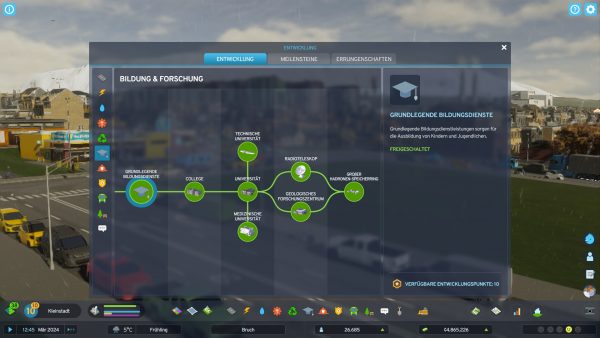
Another mental effort lies in the skill system. This allows us to determine the future of our city. Planning such as energy supply, education or other social aspects of the city right through to environmental issues can be decided here. This means we have a lot of control over the direction in which we want to steer our city.
After playing for a while, the city grows and prospers and the game presents us with more and more tasks. Should we expand a district or finally focus on a better water supply? How’s the crime rate in our city? Depending on what decision we make or plan in the skill system, each city plays turns out very differently. Seasons and disasters also influence what happens in the city. A water shortage and fires can infuriate our citizens and reduce our revenue by moving them out of town.
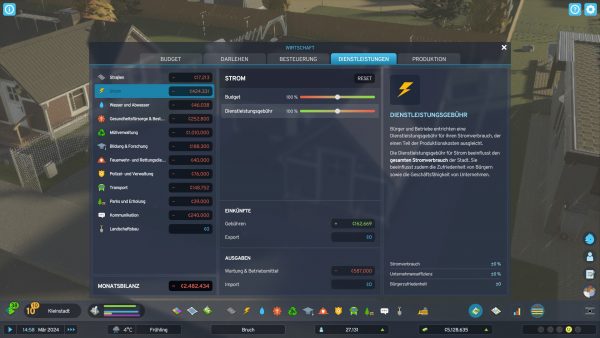
Cities: Skylines II also has a lot to offer visually, but you should have a good PC in order to play the game. The more visual fidelity you choose, the more power the game requires. Depending on your config, Cities: Skylines II can become a real resource hog. We have decided to adopt the golden mean. The game ran relatively smooth and we only rarely had micro-stutters. The developer currently recommends setting the “Level of Detail” to “very low”. This has a small impact on the quality displayed, but it clearly results in better performance and more frames per second (FPS).
The photo mode really leaves nothing to be desired. In addition to exposure and other standards, the tool goes further. Color adjustments, light filters and much more can be adjusted. For this you can and should switch to the performance-focused mode. Cities: Skylines II is a real feast for the eyes.
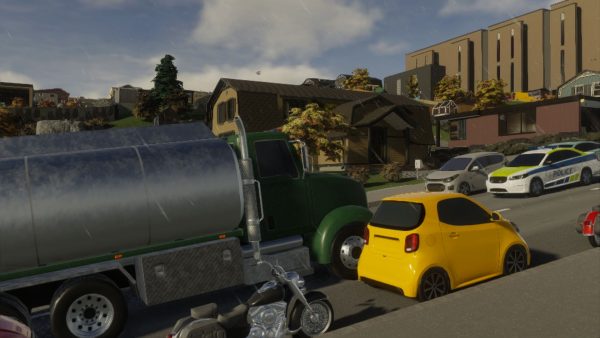
The different seasons and the change of day and night add to the dense atmosphere of the game. In the game there is weather like rain and snow. This further increases your experience. We also had a lot of fun with the camera and the chase mode as we observed the citizens during their daily routine. The music and the soundscape do the rest to make you feel comfortable in Cities: Skylines II.
The controls are standard in the genre and the game manages to ease you into its gameplay loop quickly. At the beginning, a well-incorporated tutorial helps you to get to grips with the functions of the game.
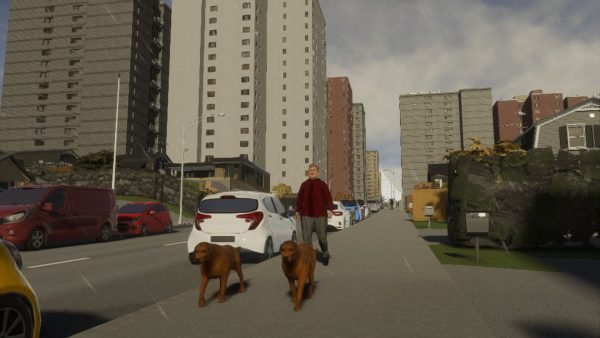
The road construction and area tools are worth mentioning. Markings and aids in road construction prove to be very effective. This means that even and, above all, straight traffic networks can be built quickly. Filling and selection functions help to build individual areas such as residential areas or commercial areas.
The game goes one step further at this point. More special buildings can be given one or two upgrades. Among other things, the environmental impact or energy efficiency of power plants is improved, but garbage dumps and many other things can also be adapted and improved.
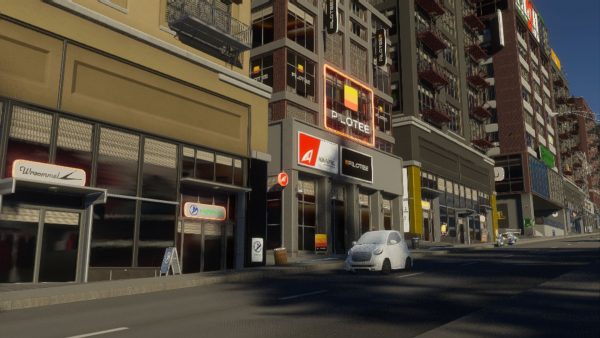
As a treat, Cities: Skylines II also offers bonus buildings that are unlocked as you progress through the game. These increase the well-being of our loyal citizens.
In between we just took a break with a coffee and let the city atmosphere work its magic on us and then got right back to work. After all we’re supposed to build a new school and an office complex. Oh yes and it’s 3 a.m. again… No worries, here’s an airport coming up. That’s the typical city-building simulation gameplay loop you can expect from Cities: Skylines II.
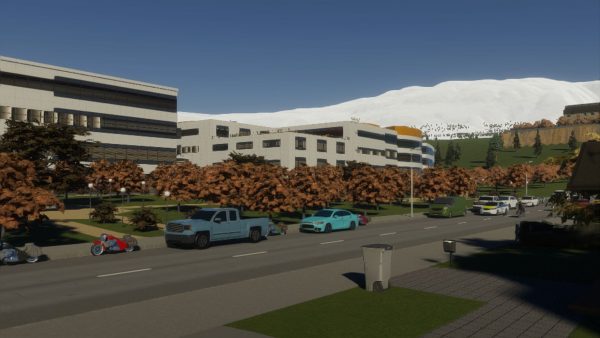
Conclusion
Anyone who likes city-building simulations will have a lot of fun with Cities: Skylines II. If Colossal Order tweaks the performance a little more, graphics fetishists should also get their money’s worth. Until then, we recommend a balanced graphics setting.
Overall, we had a very nice time with Cities: Skylines II. The successor has actually become more complex, but it doesn’t overwhelm the player. From past experience we expect that developer Colossal Order and publisher Paradox Interactive will keep supporting Cities: Skylines II and give the game some more love. At currently €49.99 on Steam, the game is pretty much priced as expected. We definitely recommend genre lovers to try the game.
Cities: Skylines II will be available from October 24th, 2023 on Steam for PC and is scheduled to be released for PlayStation 5 and Xbox Series X|S in Spring 2024.
The publisher provided us with a PC version of Cities: Skylines II, which we used to take the screenshots.



